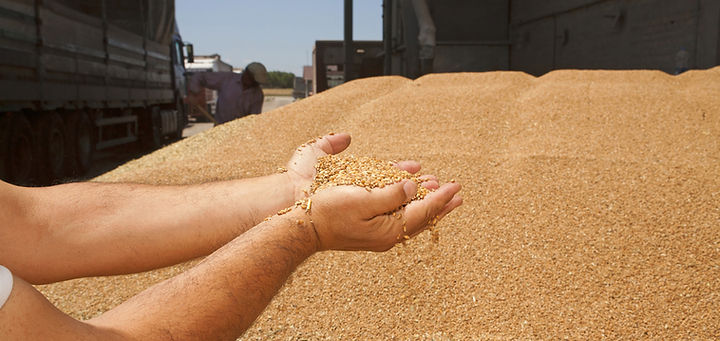Information Centre

What is the environmental impact of the milling industry?
The milling industry has a very low environmental impact. The milling process produces almost no waste, so the main impacts come from the energy used during milling and transport of flour to bakeries and retailers.
What does the milling do in relation to environmental issues?
UK Flour Millers reviews and reports on all environmental issues that impact on flour milling and ensures that members are adequately briefed. The industry continues to promote environmental good practice.
Flour millers are responsive to their local communities. For example, noise is sometimes a problem to people living nearby and mills take any complaints about noise seriously. In response to local communities, many mills have taken action such as to reduce the vehicle reversing alarms from sounding during the night (perhaps the most common complaint).
The industry will continue to assess its environmental record and how it might best reduce impacts and raise awareness on the environment.

What is the carbon footprint of flour?
Each flour will have its own carbon footprint that is closely linked to both agricultural production and the grain chain as a whole. The second largest source of Greenhouse Gas Emissions (GHGs), after the energy sector, is agriculture. However, since 1990, emissions from the agricultural sector have been decreasing. This is being done by influencing the emission of carbon dioxide and nitrous oxide through a better management of the land, fertiliser application (type and quantity), irrigation, etc.
Flour milling is the manufacturing stage, with wheat being the source ingredient. Flour would be classed as a “Business-to-Business” (B2B) product, rather than a “Business-to-Consumer” product (B2C), as it is processed for use in secondary products. Therefore, to consider the carbon footprint of flour production all stages up to the secondary producer must be considered.
Industrial Emissions Directive (IED)
The Industrial Emissions Directive (IED) repealed the IPPC directive on 7 January 2014 and is a ‘recast’ incorporating many of its original requirements. This involved the coalescing of seven existing directives into one:
⮞ the Large Combustion Plant directive (LCPD)
⮞ the Integrated Pollution Prevention and Control directive (IPPC)
⮞ the Waste Incineration directive (WID)
⮞ the Solvent Emissions directive (SED), and
⮞ the three existing directives on Titanium dioxide on (i) disposal (78/176/EEC), (ii) monitoring and surveillance (82/883/EEC) and (iii) programs for the reduction of pollution (92/112/EEC)
Environmental permitting will continue under the IED with some changes to the activity descriptions for the food & drink sector. Recent changes include dust emission limits and energy efficiency targets, which UK millers will meet.
The need to maintain an effective environmental management system is a foundational requirement of all environmental permits.
UK Flour Millers members can download a briefing on the IED from this page.

